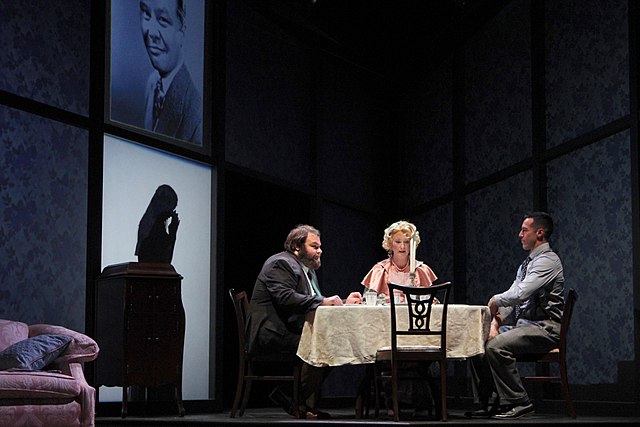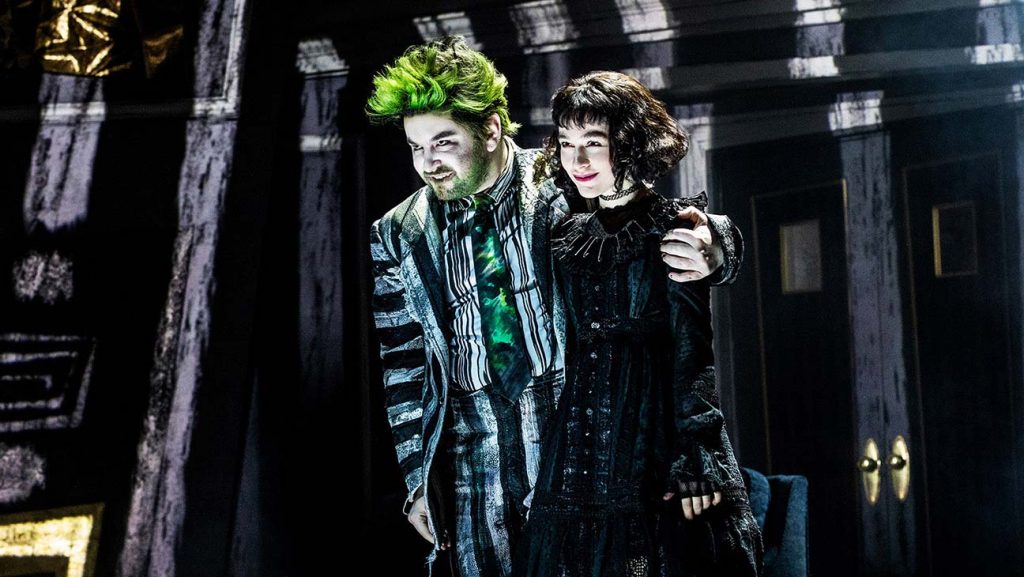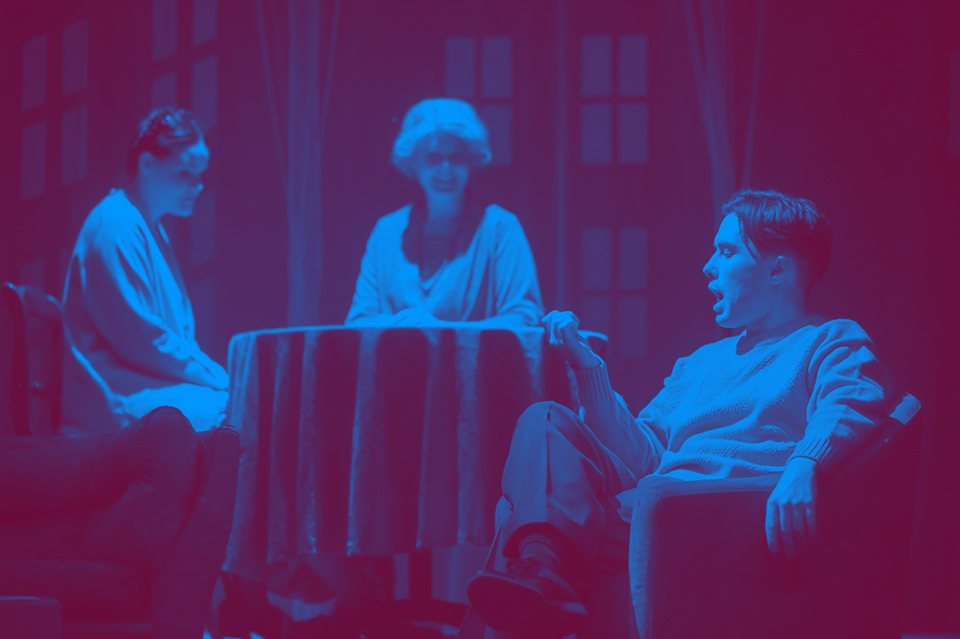
Magical Realism in Theatre: A Beginner’s Guide
Magical realism is a genre that has captivated readers and audiences for decades. While most commonly associated with literature, magical realism has also made its way onto the stage in the form of plays and musicals. In this beginner’s guide, we’ll explore some of the most popular examples of magical realism in theatre.
1. “The Glass Menagerie” by Tennessee Williams
First performed in 1944, “The Glass Menagerie” is a classic play that uses elements of magical realism to explore the inner lives of its characters. The play tells the story of the Wingfield family, and particularly of the protagonist, Tom, as he struggles to come to terms with his family’s past and his own identity. Through the use of haunting music and dreamlike sequences, the play creates a sense of otherworldliness that draws the audience in and leaves them questioning the nature of reality.
2. “Into the Woods” by Stephen Sondheim
“Into the Woods” is a beloved musical that combines elements of fairy tales with a modern, meta-theatrical sensibility. The show follows a cast of characters as they journey into the woods in search of their desires, only to find that their wishes come with unexpected consequences. The show’s use of magical realism is perhaps most evident in the character of the Witch, who is able to transform herself and others through the use of her magic.
3. “Angels in America” by Tony Kushner
Winner of the Pulitzer Prize for Drama in 1993, “Angels in America” is a sprawling, two-part play that uses magical realism to explore the AIDS crisis in America in the 1980s. The play tells the stories of a group of characters, including a gay man with AIDS, a Mormon couple, and a drag queen, as they struggle to come to terms with their own mortality and the changing world around them. The play’s use of fantastical elements, including angels and ghosts, serves to heighten the emotional intensity of the story.
4. “The Pillowman” by Martin McDonagh
“The Pillowman” is a darkly comic play that tells the story of a writer who is interrogated by police over the content of his stories, which often feature elements of magical realism. The play is set in a dystopian world in which creativity and imagination are seen as dangerous, and the writer must confront the consequences of his own work. Through its use of surreal imagery and unsettling themes, the play challenges the audience to question the power of art and the nature of censorship.
5. “The Light in the Piazza” by Adam Guettel
“The Light in the Piazza” is a romantic musical that tells the story of a young American woman who falls in love with an Italian man while on vacation in Florence. The show uses magical realism to explore themes of love, family, and cultural identity. The show’s dreamlike sequences and lush score create a sense of enchantment that draws the audience in and leaves them spellbound.
Magical realism is a genre that has found a natural home on the stage, with a number of plays and musicals using its elements to explore complex themes and create unforgettable experiences for audiences. Whether you’re a seasoned theatre-goer or a newcomer to the world of live performance, these five examples of magical realism in theatre are sure to captivate and inspire.






